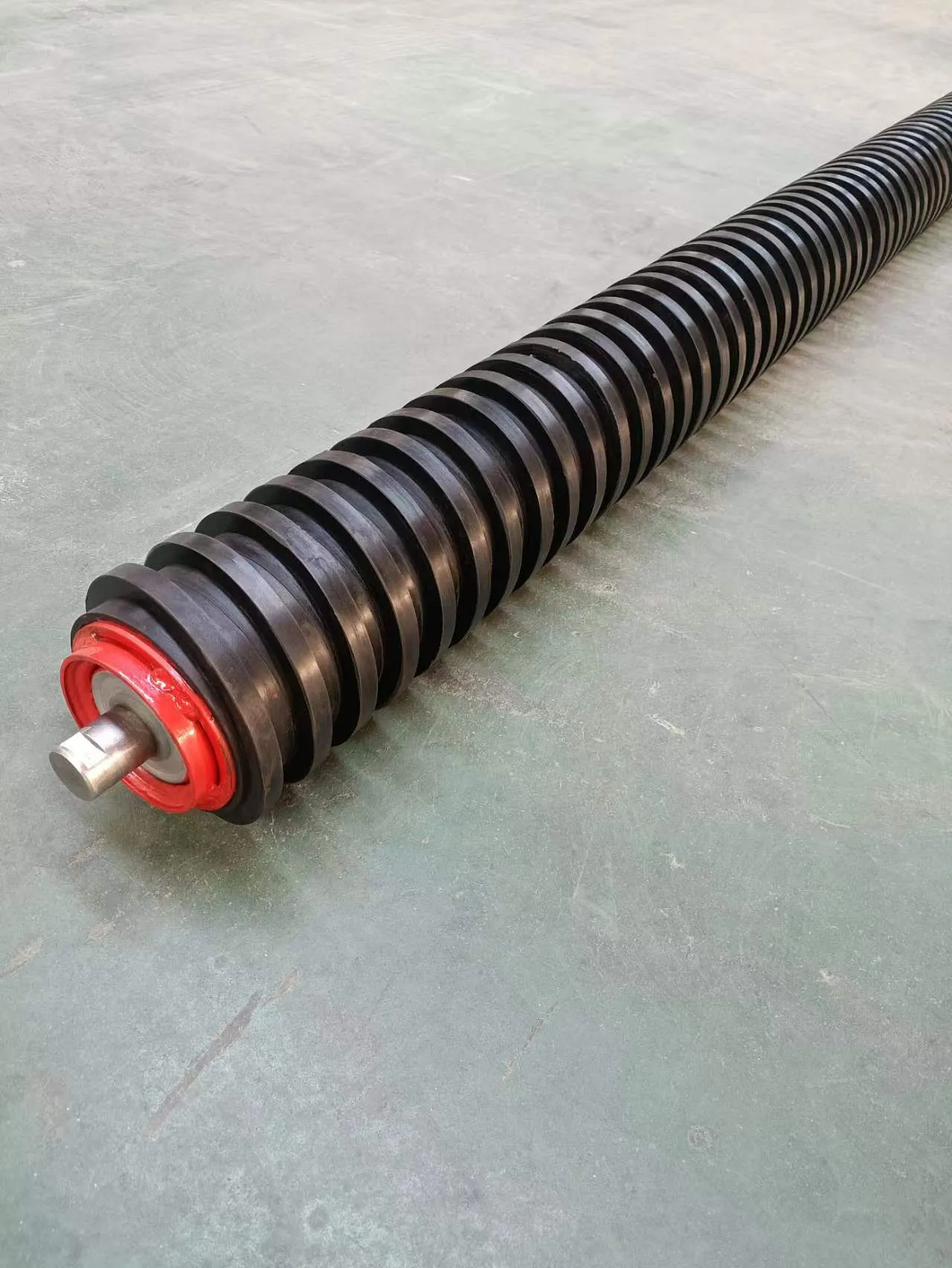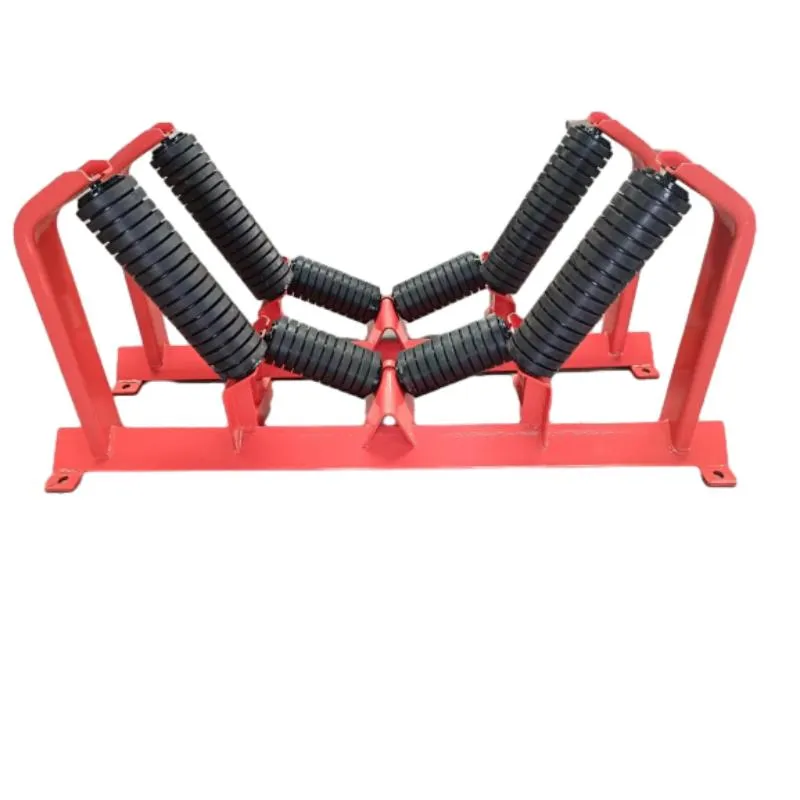 Afrikaans
Afrikaans  Albanian
Albanian  Amharic
Amharic  Arabic
Arabic  Armenian
Armenian  Azerbaijani
Azerbaijani  Basque
Basque  Belarusian
Belarusian  Bengali
Bengali  Bosnian
Bosnian  Bulgarian
Bulgarian  Catalan
Catalan  Cebuano
Cebuano  Corsican
Corsican  Croatian
Croatian  Czech
Czech  Danish
Danish  Dutch
Dutch  English
English  Esperanto
Esperanto  Estonian
Estonian  Finnish
Finnish  French
French  Frisian
Frisian  Galician
Galician  Georgian
Georgian  German
German  Greek
Greek  Gujarati
Gujarati  Haitian Creole
Haitian Creole  hausa
hausa  hawaiian
hawaiian  Hebrew
Hebrew  Hindi
Hindi  Miao
Miao  Hungarian
Hungarian  Icelandic
Icelandic  igbo
igbo  Indonesian
Indonesian  irish
irish  Italian
Italian  Japanese
Japanese  Javanese
Javanese  Kannada
Kannada  kazakh
kazakh  Khmer
Khmer  Rwandese
Rwandese  Korean
Korean  Kurdish
Kurdish  Kyrgyz
Kyrgyz  Lao
Lao  Latin
Latin  Latvian
Latvian  Lithuanian
Lithuanian  Luxembourgish
Luxembourgish  Macedonian
Macedonian  Malgashi
Malgashi  Malay
Malay  Malayalam
Malayalam  Maltese
Maltese  Maori
Maori  Marathi
Marathi  Mongolian
Mongolian  Myanmar
Myanmar  Nepali
Nepali  Norwegian
Norwegian  Norwegian
Norwegian  Occitan
Occitan  Pashto
Pashto  Persian
Persian  Polish
Polish  Portuguese
Portuguese  Punjabi
Punjabi  Romanian
Romanian  Russian
Russian  Samoan
Samoan  Scottish Gaelic
Scottish Gaelic  Serbian
Serbian  Sesotho
Sesotho  Shona
Shona  Sindhi
Sindhi  Sinhala
Sinhala  Slovak
Slovak  Slovenian
Slovenian  Somali
Somali  Spanish
Spanish  Sundanese
Sundanese  Swahili
Swahili  Swedish
Swedish  Tagalog
Tagalog  Tajik
Tajik  Tamil
Tamil  Tatar
Tatar  Telugu
Telugu  Thai
Thai  Turkish
Turkish  Turkmen
Turkmen  Ukrainian
Ukrainian  Urdu
Urdu  Uighur
Uighur  Uzbek
Uzbek  Vietnamese
Vietnamese  Welsh
Welsh  Bantu
Bantu  Yiddish
Yiddish  Yoruba
Yoruba  Zulu
Zulu Feb . 18, 2025 00:59
Back to list
Belt Conveyor Idler
The idler for conveyor belts plays a pivotal role in the smooth operation and efficiency of bulk material handling systems. Recognized for its significance in diverse industries, from mining to manufacturing and logistics, an idler acts as a crucial component in ensuring conveyor belt systems operate without unnecessary friction and wear. Here, we delve into the importance, functionality, and selection criteria for idlers in conveyor belt applications, shedding light on why they are indispensable elements for businesses reliant on these systems.
Renowned manufacturers emphasize quality and durability in idler design, ensuring compliance with industry standards and certifications. When selecting an idler, it is crucial to partner with suppliers who offer comprehensive consulting and engineering support. These experts bring valuable insights into improving conveyor system performance, adaptability in demanding environments, and customization options for specific industrial needs. Moreover, regular inspections and maintenance of idlers contribute to optimal system performance and longevity. Practices such as routine lubrication, alignment checks, and timely replacement of worn components can prevent potential failures and extend equipment lifespan. Implementing proactive monitoring systems can provide real-time data on idler performance, allowing for predictive maintenance and minimizing unexpected downtimes. A proven approach to bolstering conveyor system efficiency involves integrating innovative idler technologies with strategic operational practices. These enhancements not only optimize material handling operations but also mitigate environmental impacts and operational costs, contributing to the sustainability of industrial practices. In conclusion, the idler for conveyor belts is more than a mere component; it's a fundamental element that enhances system performance, reliability, and cost-effectiveness. By prioritizing high-quality idlers and leveraging expert insights, businesses can harness significant gains in operational efficiency and maintain a competitive edge in their respective industries. Optimal idler integration, coupled with routine maintenance, serves as a blueprint for ensuring the robustness and sustainability of conveyor systems.


Renowned manufacturers emphasize quality and durability in idler design, ensuring compliance with industry standards and certifications. When selecting an idler, it is crucial to partner with suppliers who offer comprehensive consulting and engineering support. These experts bring valuable insights into improving conveyor system performance, adaptability in demanding environments, and customization options for specific industrial needs. Moreover, regular inspections and maintenance of idlers contribute to optimal system performance and longevity. Practices such as routine lubrication, alignment checks, and timely replacement of worn components can prevent potential failures and extend equipment lifespan. Implementing proactive monitoring systems can provide real-time data on idler performance, allowing for predictive maintenance and minimizing unexpected downtimes. A proven approach to bolstering conveyor system efficiency involves integrating innovative idler technologies with strategic operational practices. These enhancements not only optimize material handling operations but also mitigate environmental impacts and operational costs, contributing to the sustainability of industrial practices. In conclusion, the idler for conveyor belts is more than a mere component; it's a fundamental element that enhances system performance, reliability, and cost-effectiveness. By prioritizing high-quality idlers and leveraging expert insights, businesses can harness significant gains in operational efficiency and maintain a competitive edge in their respective industries. Optimal idler integration, coupled with routine maintenance, serves as a blueprint for ensuring the robustness and sustainability of conveyor systems.
Next:
Latest news
-
Revolutionizing Conveyor Reliability with Advanced Rubber Lagging PulleysNewsJul.22,2025
-
Powering Precision and Durability with Expert Manufacturers of Conveyor ComponentsNewsJul.22,2025
-
Optimizing Conveyor Systems with Advanced Conveyor AccessoriesNewsJul.22,2025
-
Maximize Conveyor Efficiency with Quality Conveyor Idler PulleysNewsJul.22,2025
-
Future-Proof Your Conveyor System with High-Performance Polyurethane RollerNewsJul.22,2025
-
Driving Efficiency Forward with Quality Idlers and RollersNewsJul.22,2025
OUR PRODUCTS





























